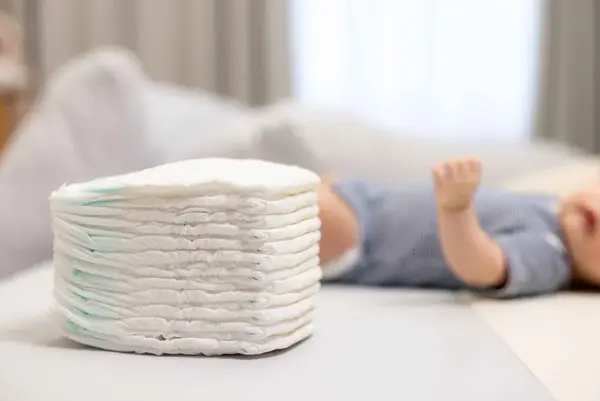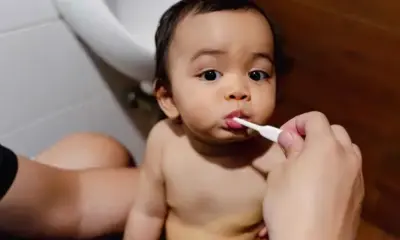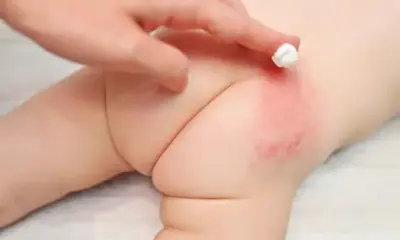Bathing & Diapering
How to Change a Diaper: Pro Tips for New Parents

Changing a diaper is a key skill for new parents. Learning how to change a diaper correctly makes caring for your baby easier. This article guides you step-by-step to make diaper changes quick and stress-free.
What You Need for a Diaper Change
Before starting, gather all your supplies. Keep them within arm’s reach but away from your baby. You’ll need:
- Clean diapers (disposable or cloth)
- Wipes, soft cloth, or cotton balls
- Diaper cream or ointment
- Changing pad or table
- Disposable bag or diaper pail
- Extra clothes for your baby
Using warm water and soft cloths during the first weeks can help avoid irritation. Also, avoid scented wipes with alcohol. These can cause rashes on delicate skin.
Step-by-Step Guide: How to Change a Diaper
Changing a diaper might seem hard at first, but it gets easier with practice. Follow these clear steps to get started:
- Prepare Your Space and Supplies
First, wash your hands thoroughly. Then, lay your baby on the changing surface. Make sure everything you need is close by. This keeps your baby safe and comfortable. - Remove the Dirty Diaper
Unfasten the diaper tabs gently. Lift your baby’s legs by the ankles to slide the dirty diaper away. If the diaper has a lot of mess, fold the front half down to clean efficiently. - Clean Your Baby Properly
Clean your baby’s diaper area using wipes or warm water with a soft cloth. Wipe girls from front to back to avoid infection. For boys, clean carefully around the penis and scrotum. - Put on the Clean Diaper
Slide a clean diaper under your baby. Apply diaper cream if needed to prevent rash. Fasten the diaper snugly but not too tight. Make sure to point the penis downward to avoid leaks. - Finish Up and Clean
Roll up the dirty diaper tightly and dispose of it properly. Clean the changing area with disinfectant. Finally, wash your hands and your baby’s hands.
How Often Should You Change Your Baby’s Diaper?
Newborns need diaper changes about 8 to 10 times daily. Change your baby’s diaper immediately if it’s wet or soiled. This prevents diaper rash and keeps your baby comfortable.
As your baby grows, the number of diaper changes will decrease. Still, always check after feedings or naps to keep skin healthy.
Diaper Changing Safety and Comfort Tips
Safety is crucial during diaper changes. Always keep one hand on your baby. Never leave your baby unattended on elevated surfaces.
Also, avoid fastening diapers too tightly. Tight diapers cause discomfort and may lead to diaper rash. Ensure the diaper fits well and allows easy movement.
When to Call the Doctor About Diaper Concerns
Usually, diaper changes are routine. However, call your pediatrician if your baby has:
- Persistent diaper rash or red, raw skin
- Signs of dehydration like fewer wet diapers
- Unusual discharge or bleeding
- Sudden changes in diaper contents
Prompt care helps keep your baby safe and healthy.
Conclusion
Knowing how to change a diaper confidently makes parenting smoother. With practice, diaper changes become quick and comfortable for both you and your baby. Follow the tips above, and soon it will feel like second nature.
For more helpful parenting tips and baby care news, explore more articles on this website.












